Home>diy>Planning & Engineering>What Qualifies As A Licensed Landscape Architect In Ohio


Planning & Engineering
What Qualifies As A Licensed Landscape Architect In Ohio
Modified: October 20, 2024
Learn about the qualifications to become a licensed landscape architect in Ohio, covering planning, engineering, and more. Discover the requirements and steps involved.
(Many of the links in this article redirect to a specific reviewed product. Your purchase of these products through affiliate links helps to generate commission for Storables.com, at no extra cost. Learn more)
Overview of Landscape Architecture Licensing in Ohio
Landscape architecture is the perfect blend of artistry, engineering, and environmental stewardship. In the state of Ohio, becoming a licensed landscape architect requires a combination of education, experience, and passing a state examination. This article will provide an overview of the licensing process, including the educational requirements, experience requirements, examination process, continuing education requirements, scope of practice, and professional organizations for landscape architects in Ohio.
In order to practice as a licensed landscape architect in Ohio, candidates must meet certain criteria set forth by the Ohio Landscape Architects Board. The board is responsible for overseeing the licensing process and ensuring that landscape architects adhere to the highest standards of professionalism and competence.
The educational requirements for becoming a licensed landscape architect in Ohio entail obtaining a bachelor’s or master’s degree in landscape architecture from a program accredited by the Landscape Architectural Accreditation Board (LAAB). This accreditation ensures that the program meets the rigorous educational standards established for professional practice.
Once the educational requirements are met, aspiring landscape architects must complete a minimum of two years of professional work experience under the direct supervision of a licensed landscape architect. This experience provides valuable on-the-job training and allows candidates to apply the knowledge gained during their academic studies to real-world design projects.
Upon completion of the required work experience, candidates are eligible to sit for the Landscape Architect Registration Examination (LARE). This examination consists of four sections that assess the candidate’s knowledge and skills in various areas of landscape architecture, including design, construction documentation, grading and drainage, and plant materials.
Passing the LARE is a significant accomplishment and a key milestone towards becoming a licensed landscape architect in Ohio. Once the examination is successfully completed, candidates must submit an application to the Ohio Landscape Architects Board, accompanied by the required documentation and fees.
After obtaining their license, landscape architects in Ohio must fulfill ongoing continuing education requirements to maintain their professional competency. This involves completing a certain number of continuing education hours each licensing cycle, which typically spans two years.
As licensed professionals, landscape architects in Ohio have a defined scope of practice. They are authorized to engage in the planning, design, and management of land and natural resources for various types of projects, including parks, residential developments, commercial sites, transportation corridors, and more.
Joining professional organizations, such as the Ohio Chapter of the American Society of Landscape Architects (ASLA Ohio), can further enhance the career prospects of licensed landscape architects. These organizations provide networking opportunities, professional development resources, and a platform for advocating for the profession’s interests at the state and national levels.
In summary, becoming a licensed landscape architect in Ohio requires a combination of education, experience, examination, and ongoing professional development. By meeting these requirements and upholding the highest standards of practice, landscape architects can contribute to the creation of sustainable, functional, and aesthetically pleasing outdoor spaces that enhance the quality of life for all Ohio residents.
Key Takeaways:
- Becoming a licensed landscape architect in Ohio requires a blend of education, practical experience, and passing the Landscape Architect Registration Examination (LARE). Continuing education and adherence to the defined scope of practice are essential for maintaining licensure.
- Joining professional organizations such as ASLA Ohio, OLA, OPRA, and ULI Columbus can enhance the career prospects of licensed landscape architects in Ohio. These organizations provide networking opportunities, professional development resources, and advocacy platforms for the profession’s interests.
Educational Requirements for Becoming a Licensed Landscape Architect
Obtaining a landscape architecture license in Ohio requires meeting specific educational requirements. These requirements ensure that individuals have the necessary knowledge and skills to practice the profession effectively. If you are passionate about creating beautiful outdoor spaces and are interested in pursuing a career as a licensed landscape architect in Ohio, here is an overview of the educational path you need to follow.
The first step towards becoming a landscape architect is to obtain a bachelor’s or master’s degree in landscape architecture from a program accredited by the Landscape Architectural Accreditation Board (LAAB). Accredited programs undergo a rigorous evaluation process to ensure that they meet the highest standards of educational excellence.
The educational curriculum focuses on a wide range of subjects, including design theory, site planning, environmental stewardship, plant materials, construction techniques, and project management. In addition to classroom lectures, students engage in hands-on design projects and gain practical experience through internships or co-op programs.
During their studies, aspiring landscape architects develop a deep understanding of the various elements that contribute to successful landscape design, such as aesthetics, sustainability, functionality, and cultural and historical context. They also learn how to incorporate these elements into comprehensive design plans that address client needs and environmental considerations.
Accredited landscape architecture programs provide students with access to state-of-the-art facilities, design studios, computer labs, and specialized software. These resources enable students to develop skills in digital design, 3D modeling, geographic information systems (GIS), and other technological tools that are essential in the modern practice of landscape architecture.
Graduating from an accredited landscape architecture program equips individuals with the foundational knowledge and technical expertise needed to enter the profession. However, it is important to note that a degree alone does not qualify someone as a licensed landscape architect in Ohio.
In addition to completing the educational requirements, individuals must gain practical experience in the field of landscape architecture. The Ohio Landscape Architects Board requires a minimum of two years of professional work experience under the direct supervision of a licensed landscape architect. This experience allows individuals to apply the knowledge gained during their studies to real-world design projects and further develop their skills.
By combining a strong educational foundation with practical experience, aspiring landscape architects in Ohio can acquire the necessary qualifications to pursue licensure and enter the profession with confidence. It is essential to carefully research and select an accredited landscape architecture program that aligns with your career goals and provides the educational resources and support needed to succeed.
Remember, the educational journey is just the beginning. Once licensed, landscape architects can continue to expand their knowledge and skills through professional development opportunities, which will ultimately enhance their ability to create impactful and sustainable outdoor spaces that enhance the well-being of communities.
Experience Requirements for Obtaining a Landscape Architecture License in Ohio
Becoming a licensed landscape architect in Ohio not only requires fulfilling the educational requirements but also acquiring practical experience in the field. The Ohio Landscape Architects Board requires a minimum of two years of professional work experience under the direct supervision of a licensed landscape architect. This experience is crucial for individuals to apply and deepen their knowledge, develop their skills, and gain valuable real-world insights. Here is a closer look at the experience requirements for obtaining a landscape architecture license in Ohio.
The experience requirements aim to ensure that individuals have practical exposure to the diverse aspects of landscape architecture practice. During the two years of professional work experience, aspiring landscape architects must be under the direct supervision of a licensed landscape architect who can provide mentorship and guidance throughout the process.
While gaining experience, individuals will have the opportunity to work on a variety of projects, contribute to the design process, and engage with clients and other professionals. They will actively participate in tasks such as site analysis, conceptual design development, construction documentation, and project management. This hands-on experience is invaluable in enhancing essential skills, including problem-solving, design thinking, and communication.
Working in a professional setting also allows individuals to understand the practical implications of their design decisions, collaborate with other team members, and navigate the challenges that may arise during a project’s development. It provides a platform for individuals to refine their technical skills, improve their understanding of construction materials and techniques, and gain a comprehensive understanding of local regulations and codes.
It is important to note that the work experience can be acquired in various settings. Individuals may choose to work in private landscape architecture firms, government agencies, design-build firms, or other relevant organizations. These different environments offer distinct experiences and allow individuals to gain exposure to different types of projects, such as residential, commercial, institutional, or public spaces.
The direct supervision by a licensed landscape architect ensures that individuals receive mentorship and guidance throughout their professional journey. This allows for the transfer of knowledge and expertise, enabling aspiring landscape architects to learn from the experiences and insights of seasoned professionals. The supervisor will provide feedback, offer advice, and help individuals navigate the complexities of the profession.
Completing the required two years of professional work experience is a significant milestone in the path towards becoming a licensed landscape architect in Ohio. It provides individuals with the practical foundation needed to apply their educational knowledge, further develop their skills, and begin taking on greater responsibilities in landscape architecture practice.
Upon completion of the experience requirement, individuals can then proceed to the next step in licensing, which is passing the Landscape Architect Registration Examination (LARE). Successfully satisfying both the educational and experience requirements positions individuals to confidently pursue their goal of becoming a licensed landscape architect in Ohio.
Examination Process for Landscape Architecture Licensure in Ohio
The examination process is a crucial step in obtaining a landscape architecture license in Ohio. It evaluates the knowledge, skills, and competency of aspiring landscape architects to ensure that they are equipped to practice the profession effectively and responsibly. If you are pursuing licensure as a landscape architect in Ohio, here is an overview of the examination process you can expect.
The Landscape Architect Registration Examination (LARE) is the standardized examination administered by the Council of Landscape Architectural Registration Boards (CLARB). It consists of four sections aimed at assessing the candidate’s understanding and proficiency in various areas of landscape architecture.
The first section of the LARE focuses on project management and covers topics such as project planning, budgeting, scheduling, contracts, and risk management. It assesses the candidate’s ability to effectively manage landscape architecture projects from inception to completion.
The second section tests the candidate’s design skills and ability to develop comprehensive landscape designs. It evaluates their knowledge of design principles, site analysis, spatial organization, circulation, grading, plant selection, and other factors that contribute to successful landscape design solutions.
The third section of the LARE assesses the candidate’s understanding of construction documentation and detailing. It covers topics such as site engineering, construction materials, building codes, and technical specifications. The candidate must demonstrate the ability to produce accurate and comprehensive construction documents.
The final section focuses on grading, drainage, and stormwater management. It evaluates the candidate’s knowledge of site grading, drainage principles, erosion control techniques, stormwater management, and the integration of sustainable design practices into site development.
Each section of the LARE is divided into two parts: the multiple-choice section and the graphic section. The multiple-choice section consists of questions that test the candidate’s knowledge and understanding of the subject matter. The graphic section requires candidates to solve design or technical problems by creating visual representations such as sketches, schematics, or construction details.
To become licensed in Ohio, candidates must pass all four sections of the LARE. The examination is administered by Pearson VUE, a testing company, and can be taken at designated testing centers. The exams are typically offered at predetermined dates throughout the year, providing candidates with multiple opportunities to complete the examination process.
It is important for aspiring landscape architects to adequately prepare for the LARE. Preparation may involve self-study, attending review courses, participating in study groups, and utilizing exam review materials provided by professional organizations and educational institutions. Additionally, practice exams can help candidates familiarize themselves with the format and content of the LARE.
Upon successfully passing the LARE, candidates must then submit an application for licensure to the Ohio Landscape Architects Board. The application must include documentation of education, experience, and examination scores, along with any required fees.
The examination process is a significant milestone in the journey to become a licensed landscape architect in Ohio. It ensures that licensed professionals have the necessary knowledge and skills to effectively contribute to the field of landscape architecture and create sustainable, innovative, and aesthetically pleasing outdoor spaces.
To qualify as a licensed landscape architect in Ohio, you must have a degree from an accredited program, complete the required experience, and pass the Landscape Architect Registration Examination (LARE). Be sure to check the specific requirements with the Ohio Landscape Architects Board.
Continuing Education Requirements for Licensed Landscape Architects in Ohio
Continuing education is essential for maintaining professional competency and staying up-to-date with the latest advancements in the field of landscape architecture. In Ohio, licensed landscape architects are required to fulfill continuing education requirements to ensure that they remain knowledgeable, skilled, and capable of delivering high-quality services. Here is an overview of the continuing education requirements for licensed landscape architects in Ohio.
The Ohio Landscape Architects Board mandates that licensed landscape architects complete a minimum number of continuing education hours within each two-year licensing cycle. The number of required hours may vary but is typically around 24 to 48 hours, depending on the specific licensing period.
Continuing education can take various forms, including seminars, workshops, conferences, webinars, courses, and professional development activities. These opportunities allow licensed landscape architects to expand their knowledge, enhance their skills, and explore emerging trends and technologies in the field.
Continuing education programs cover a wide range of topics relevant to landscape architecture. They may focus on advancements in sustainable design practices, new technologies in landscape architecture, best practices in project management, current regulations and codes, ecological restoration, urban planning, landscape preservation, and other pertinent subjects.
Licensed landscape architects have the flexibility to choose continuing education activities that align with their professional interests and goals. They can select programs that resonate with their specific areas of expertise or explore new areas of practice to broaden their skillset and offer enhanced services to their clients.
It is important for licensed landscape architects to keep track of their continuing education activities and maintain documentation of their participation. This documentation may include certificates of completion, transcripts, or other proof of attendance and completion of continuing education programs. These records will be requested by the Ohio Landscape Architects Board during the license renewal process.
In addition to formal continuing education programs, licensed landscape architects can engage in other activities to further their professional growth. These may include volunteering in community projects, participating in professional organizations, contributing to industry publications, attending industry trade shows, or presenting at conferences and events.
By actively engaging in continuing education, licensed landscape architects can stay current with industry standards, advancements, and best practices. Continuing education provides opportunities for professional networking, collaboration, and the exchange of ideas with peers and experts in the field.
Continuing education not only benefits individual licensed landscape architects but also contributes to the overall advancement and innovation of the profession. By continuously expanding their knowledge and skills, landscape architects can deliver exceptional design solutions, promote sustainable practices, and address the evolving needs and challenges of the built environment.
Adhering to the continuing education requirements ensures that licensed landscape architects in Ohio remain competent, informed, and capable of providing the highest level of service to their clients and the communities they serve.
Scope of Practice for Licensed Landscape Architects in Ohio
Licensed landscape architects in Ohio have a defined scope of practice that outlines the professional activities and services they are authorized to provide. The scope of practice ensures that landscape architects possess the necessary expertise and qualifications to contribute to the planning, design, and management of land and natural resources. Here’s a closer look at the scope of practice for licensed landscape architects in Ohio.
As licensed professionals, landscape architects in Ohio are authorized to engage in various aspects of landscape architecture practice. This includes the planning, design, and management of outdoor spaces for a wide range of projects, such as parks, residential developments, commercial sites, transportation corridors, urban spaces, and more.
Landscape architects play a crucial role in shaping the built environment and creating spaces that are functional, aesthetically pleasing, and ecologically sustainable. They apply their knowledge of design principles, environmental factors, and client needs to develop innovative solutions that balance the natural and built environments.
Some key areas within the scope of practice for licensed landscape architects in Ohio include:
- Site Analysis and Assessment: Landscape architects are trained to analyze and evaluate the ecological, topographic, and social characteristics of a site. This includes understanding soil types, drainage patterns, vegetation, and cultural significance to inform design decisions.
- Design Development and Conceptualization: Landscape architects create design concepts and plans that integrate elements such as hardscape features, plantings, water features, lighting, and furniture. They consider factors such as user needs, functionality, sustainability, and aesthetics.
- Construction Documentation: Landscape architects produce accurate and comprehensive construction drawings and specifications that guide the implementation of landscape projects. This includes site plans, grading and drainage plans, planting plans, and construction details.
- Project Management: Landscape architects oversee the implementation and construction of landscape projects, ensuring that they adhere to design intent, meet quality standards, and comply with regulations and codes. They may collaborate with contractors, engineers, and other professionals to oversee the project’s successful execution.
- Sustainable Design and Environmental Stewardship: Landscape architects prioritize environmental sustainability by integrating ecological principles into their designs. They consider strategies such as rainwater harvesting, native plant selection, habitat restoration, and green infrastructure to minimize environmental impact.
- Public Engagement and Advocacy: Landscape architects often engage with communities, stakeholders, and public agencies to gather input, address concerns, and advocate for the benefits of well-designed outdoor spaces. They promote the value of landscape architecture in enhancing quality of life and contribute to the overall well-being of communities.
It’s important for licensed landscape architects in Ohio to remain up-to-date with industry trends, advancements, and regulations related to their scope of practice. This can be achieved through continuing education, professional development opportunities, and active participation in industry associations.
By adhering to their defined scope of practice, licensed landscape architects in Ohio make significant contributions to the planning and design of outdoor spaces. They improve the functionality, aesthetics, and sustainability of the built environment while considering the needs and aspirations of the people who will use and enjoy these spaces.
The scope of practice ensures that landscape architects have the expertise and authority to create beautiful, functional, and sustainable outdoor environments that enrich communities throughout Ohio.
Professional Organizations for Landscape Architects in Ohio
Being part of a professional organization is critical for landscape architects in Ohio. These organizations provide valuable resources, networking opportunities, and support systems that can enhance career development, promote professional growth, and encourage advocacy for the landscape architecture profession. If you are a landscape architect in Ohio, here are some professional organizations you should consider joining.
1. Ohio Chapter of the American Society of Landscape Architects (ASLA Ohio)
The Ohio Chapter of the American Society of Landscape Architects (ASLA Ohio) is the state component of the national ASLA organization. ASLA Ohio serves as the voice of landscape architects in Ohio, advocating for the profession and providing resources and support to its members. The chapter organizes events, continuing education programs, and conferences that promote professional development and networking opportunities. ASLA Ohio also engages in community outreach and public awareness initiatives to highlight the value of landscape architecture within the state.
2. Ohio Landscapers Association (OLA)
The Ohio Landscapers Association (OLA) represents professionals in the landscape and green industry, including landscape architects, contractors, designers, and suppliers. OLA provides support to its members through educational programs, industry certifications, business resources, and networking events. Membership in OLA offers landscape architects the chance to connect with other professionals in the industry, gain access to business tools and resources, and stay current with industry trends and best practices.
3. Ohio Parks and Recreation Association (OPRA)
The Ohio Parks and Recreation Association (OPRA) is an organization dedicated to promoting and enhancing the quality of life in Ohio through the development and management of parks, recreation facilities, and open spaces. Landscape architects often collaborate closely with parks and recreation professionals in the planning and design of outdoor spaces. By joining OPRA, professionals can network with park and recreation decision-makers, stay informed about industry developments, and participate in conferences and workshops that address the unique needs and challenges of parks and recreational spaces in Ohio.
4. Ohio Environmental Council (OEC)
The Ohio Environmental Council (OEC) is a nonprofit organization dedicated to preserving and enhancing Ohio’s natural resources. While not specific to landscape architecture, the OEC advocates for environmental issues that are closely aligned with the profession. Landscape architects involved in ecological restoration, sustainability, and environmental planning can benefit from joining the OEC to stay informed about crucial environmental policies, collaborate with like-minded professionals, and contribute to sustainable and responsible design practices.
5. Urban Land Institute (ULI) Columbus
The Urban Land Institute (ULI) is a global organization that focuses on responsible land use and sustainable community building. The local chapter, ULI Columbus, offers opportunities for landscape architects to engage with professionals from various sectors, including real estate, planning, design, and public policy. ULI Columbus hosts events, forums, and educational programs that facilitate collaboration and discussion around critical issues affecting urban design and development in Ohio.
Joining professional organizations in Ohio provides landscape architects with access to a supportive community, educational resources, and networking opportunities. By actively participating in these organizations, professionals can stay updated with industry trends, expand their professional networks, and contribute to the advancement of the landscape architecture profession in Ohio.
Frequently Asked Questions about Landscape Architecture Licensing in Ohio
Are you considering a career in landscape architecture in Ohio? If so, you may have questions about the licensing process and requirements. Here are some frequently asked questions about landscape architecture licensing in Ohio, along with their answers.
1. What is landscape architecture?
Landscape architecture is the profession that involves the planning, design, and management of outdoor spaces, such as parks, gardens, residential areas, and commercial developments. Landscape architects apply their knowledge of art, science, and environmental stewardship to create aesthetically pleasing, functional, and sustainable landscapes.
2. Do I need a license to practice landscape architecture in Ohio?
Yes, in order to practice landscape architecture in Ohio, you must obtain a license from the Ohio Landscape Architects Board. Licensure ensures that landscape architects have met specific educational, experience, and examination requirements to demonstrate their competence in the field.
3. What are the educational requirements for becoming a licensed landscape architect in Ohio?
To become a licensed landscape architect in Ohio, you must obtain a bachelor’s or master’s degree in landscape architecture from an accredited program. The program must be accredited by the Landscape Architectural Accreditation Board (LAAB) to meet the educational standards required for licensure.
4. What are the experience requirements for landscape architecture licensure in Ohio?
Aspiring landscape architects in Ohio must complete a minimum of two years of professional work experience under the direct supervision of a licensed landscape architect. This experience allows individuals to apply their knowledge gained from their education to real-world design projects and further develop their skills.
5. What is the Landscape Architect Registration Examination (LARE)?
The Landscape Architect Registration Examination (LARE) is a standardized examination administered by the Council of Landscape Architectural Registration Boards (CLARB). It consists of four sections that assess the candidate’s knowledge and skills in various areas of landscape architecture, including design, construction documentation, grading and drainage, and plant materials.
6. How do I maintain my landscape architect license in Ohio?
To maintain your landscape architect license in Ohio, you must fulfill continuing education requirements. Licensed landscape architects are required to complete a certain number of continuing education hours within each licensing cycle, typically spanning two years. This ensures that professionals stay updated on current practices and advancements in the field.
7. Can I practice landscape architecture in Ohio if I am licensed in another state?
If you are licensed as a landscape architect in another state, you may be eligible for reciprocity in Ohio. Reciprocity is a process that allows professionals licensed in one state to obtain a license in another state without retaking the examination. However, you will still need to meet Ohio’s specific requirements and submit an application for licensure in the state.
8. Are there any professional organizations for landscape architects in Ohio?
Yes, there are several professional organizations for landscape architects in Ohio, including the Ohio Chapter of the American Society of Landscape Architects (ASLA Ohio), the Ohio Landscapers Association (OLA), the Ohio Parks and Recreation Association (OPRA), and the Urban Land Institute (ULI) Columbus. These organizations provide resources, networking opportunities, and support for professionals in the field.
If you have more specific questions about landscape architecture licensing in Ohio, it is recommended to contact the Ohio Landscape Architects Board directly. They can provide you with the most accurate and up-to-date information based on your individual circumstances.
Frequently Asked Questions about What Qualifies As A Licensed Landscape Architect In Ohio
Was this page helpful?
At Storables.com, we guarantee accurate and reliable information. Our content, validated by Expert Board Contributors, is crafted following stringent Editorial Policies. We're committed to providing you with well-researched, expert-backed insights for all your informational needs.
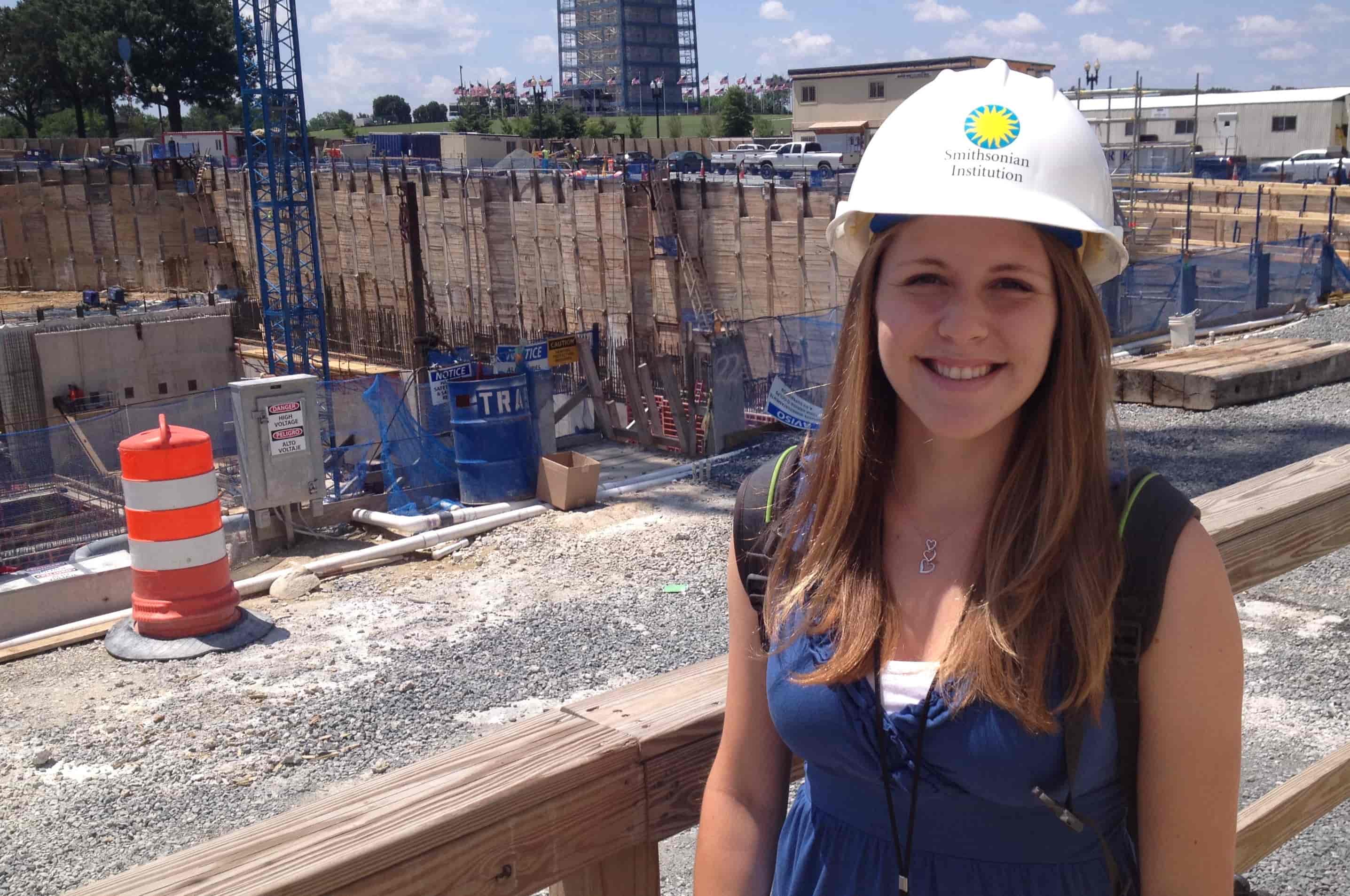
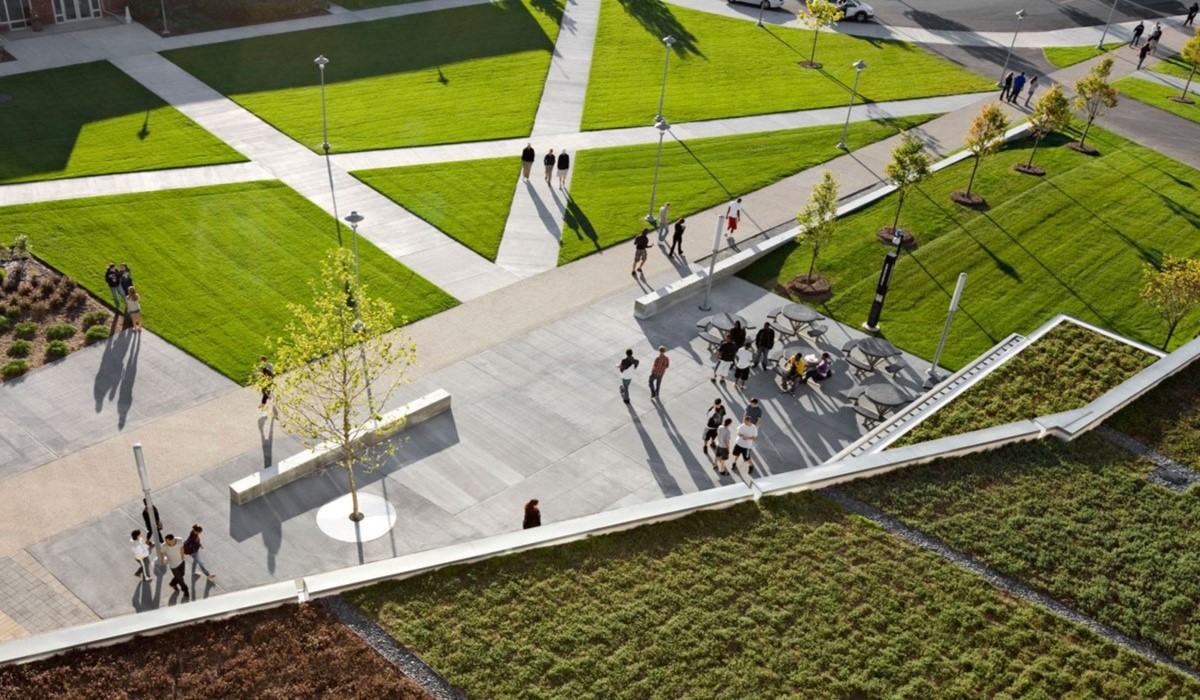
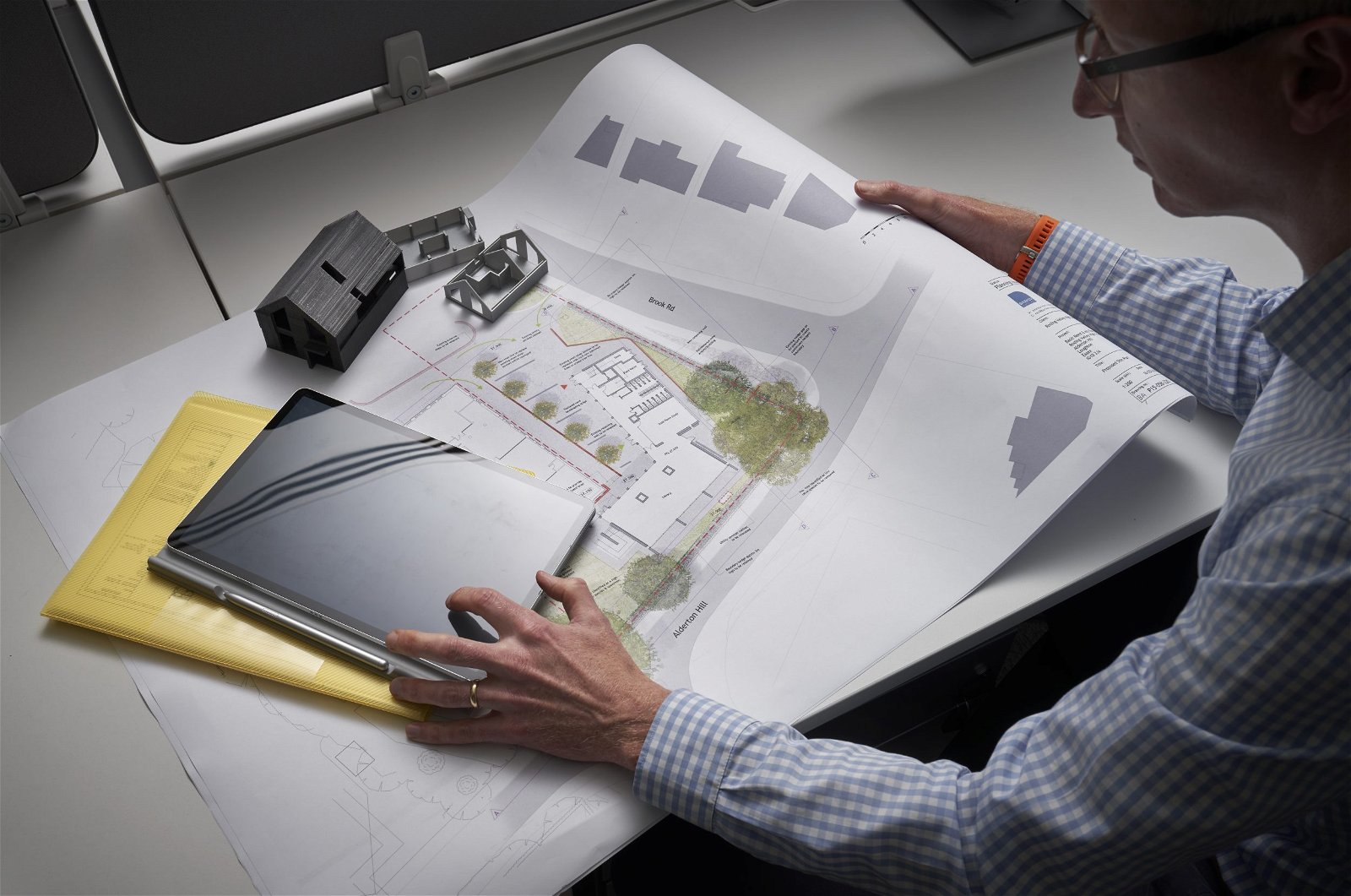
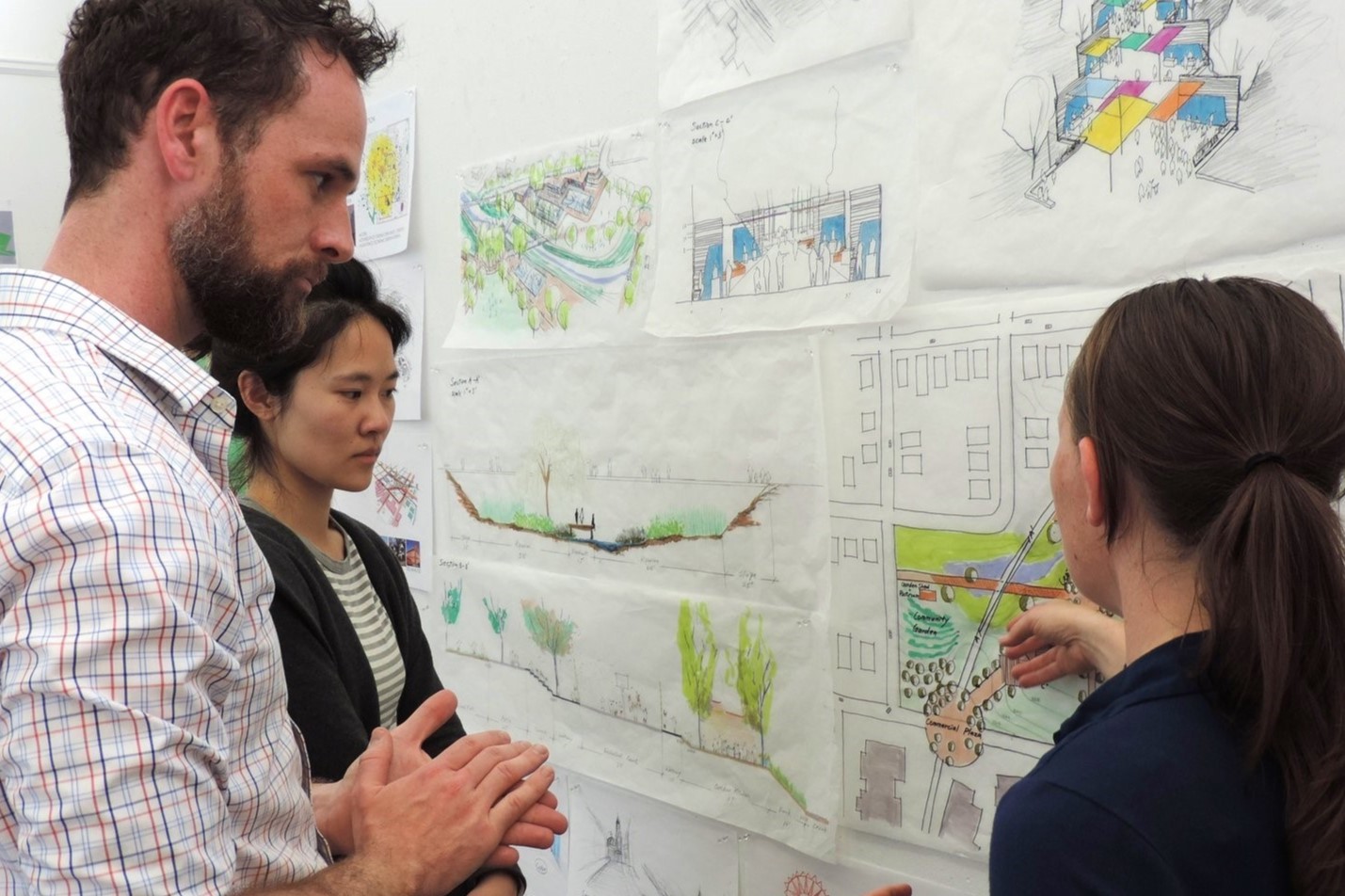


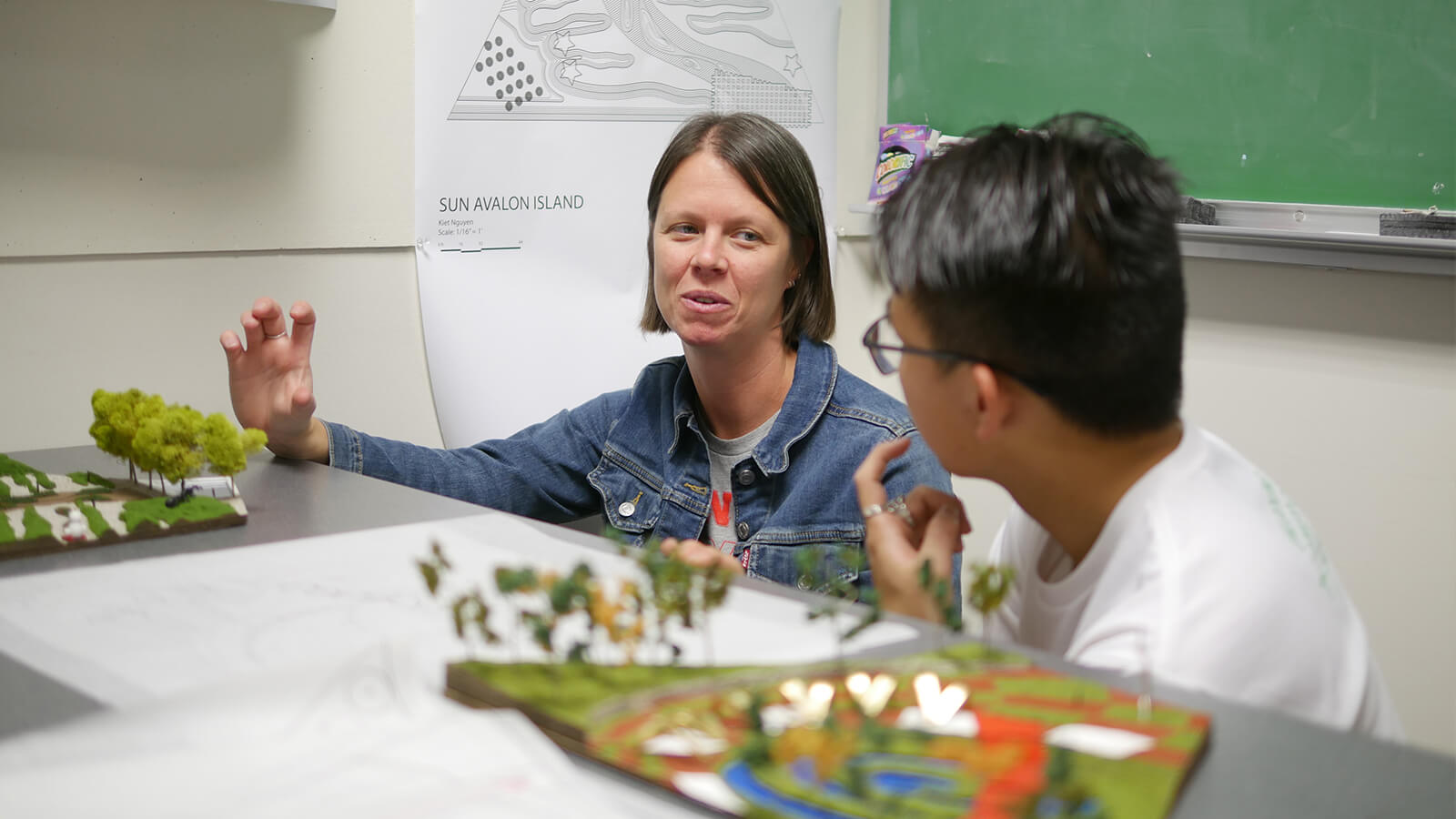
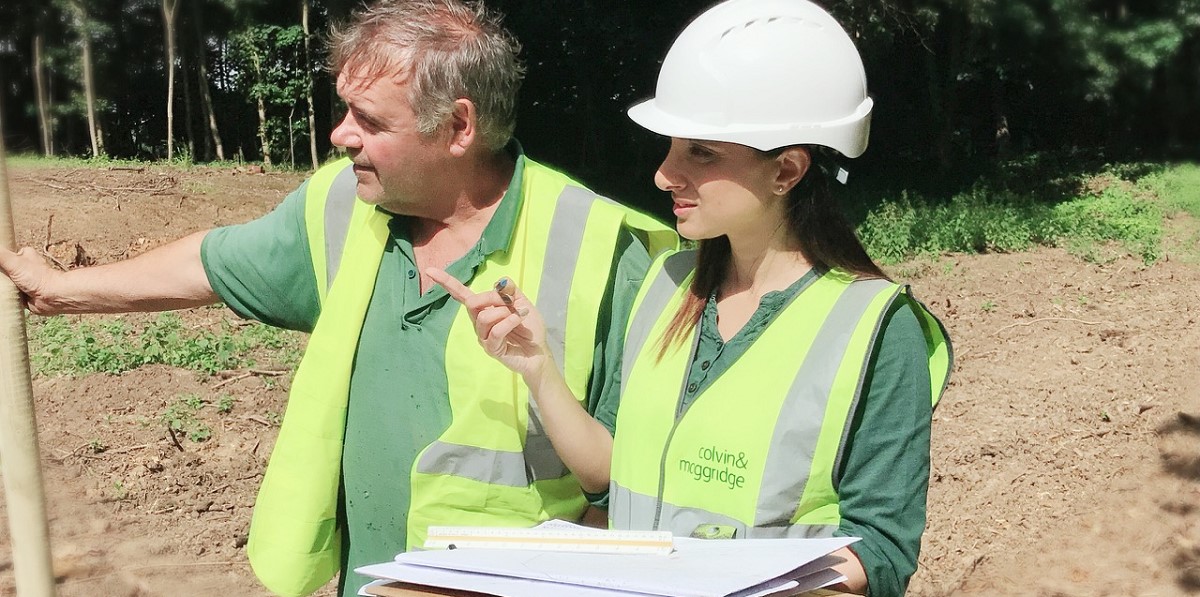

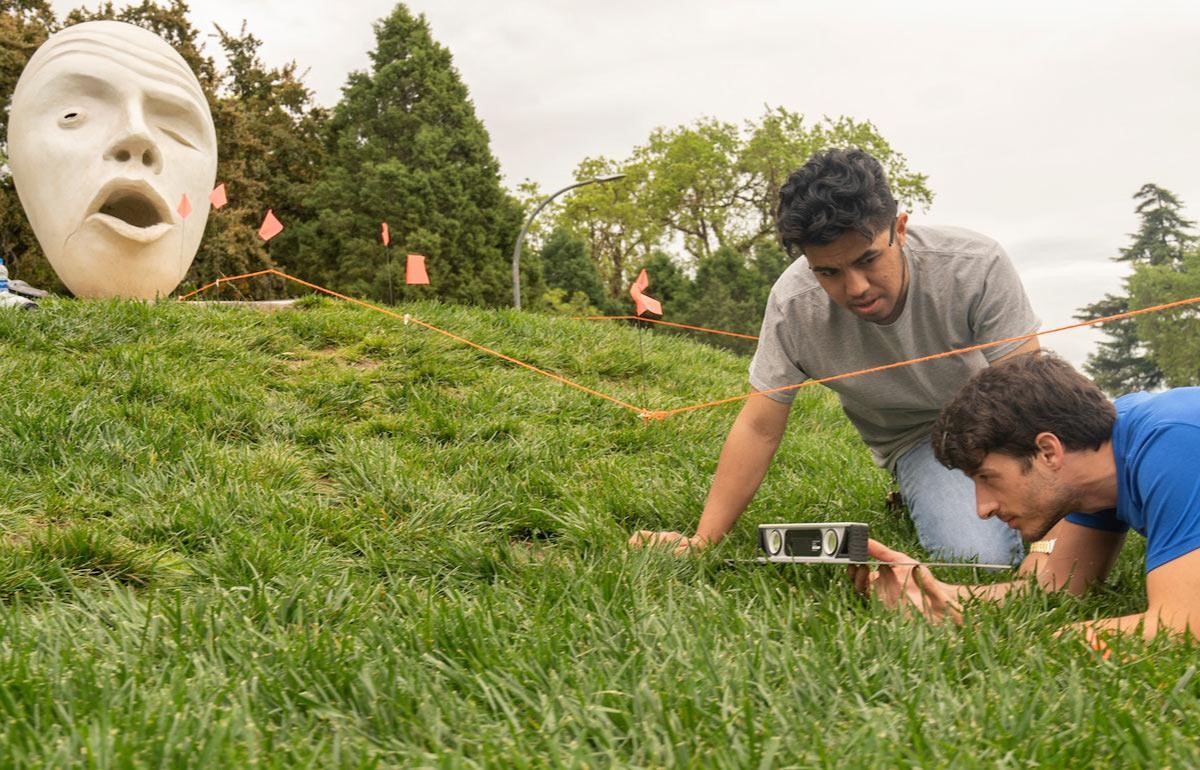

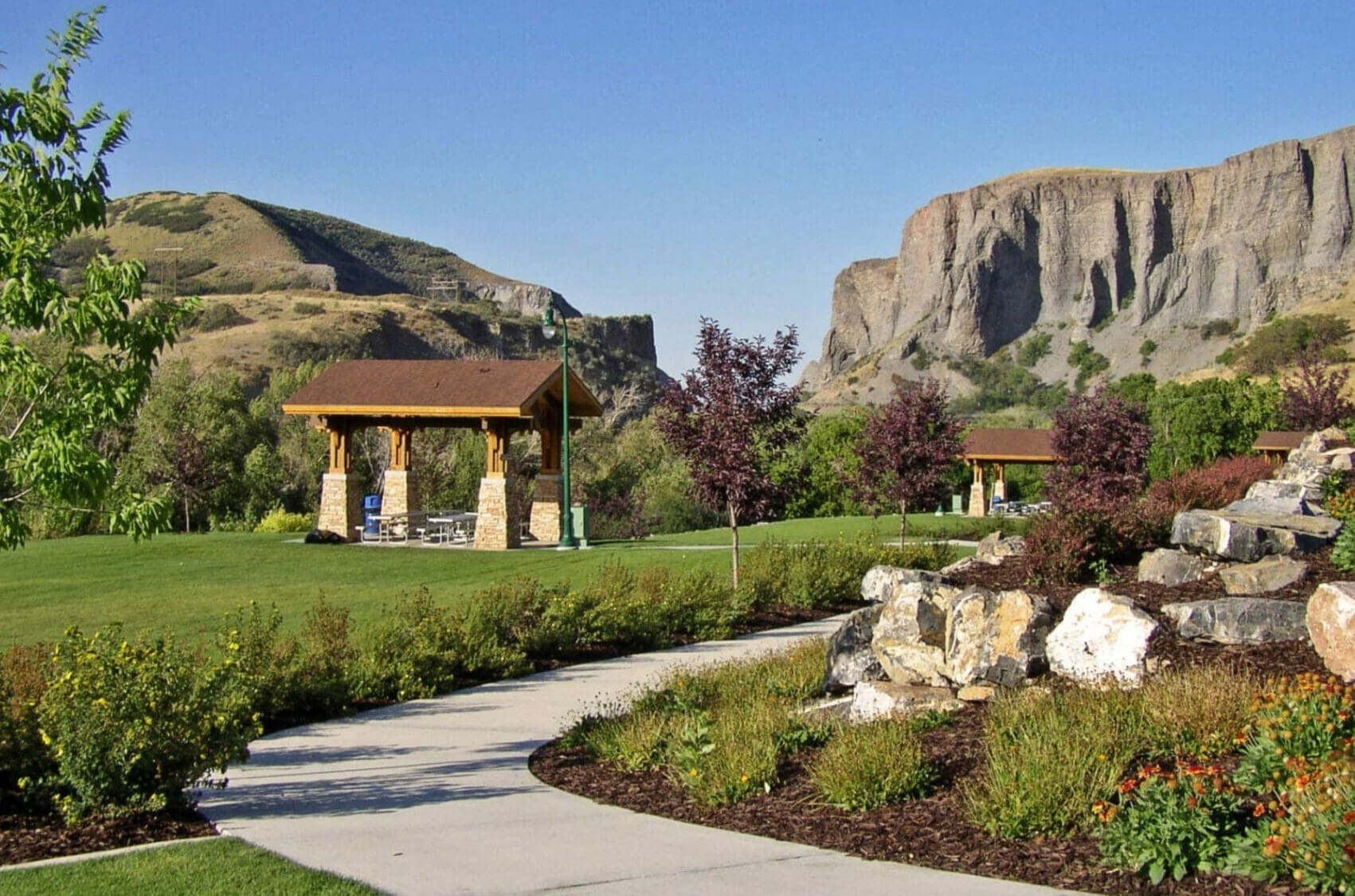



0 thoughts on “What Qualifies As A Licensed Landscape Architect In Ohio”